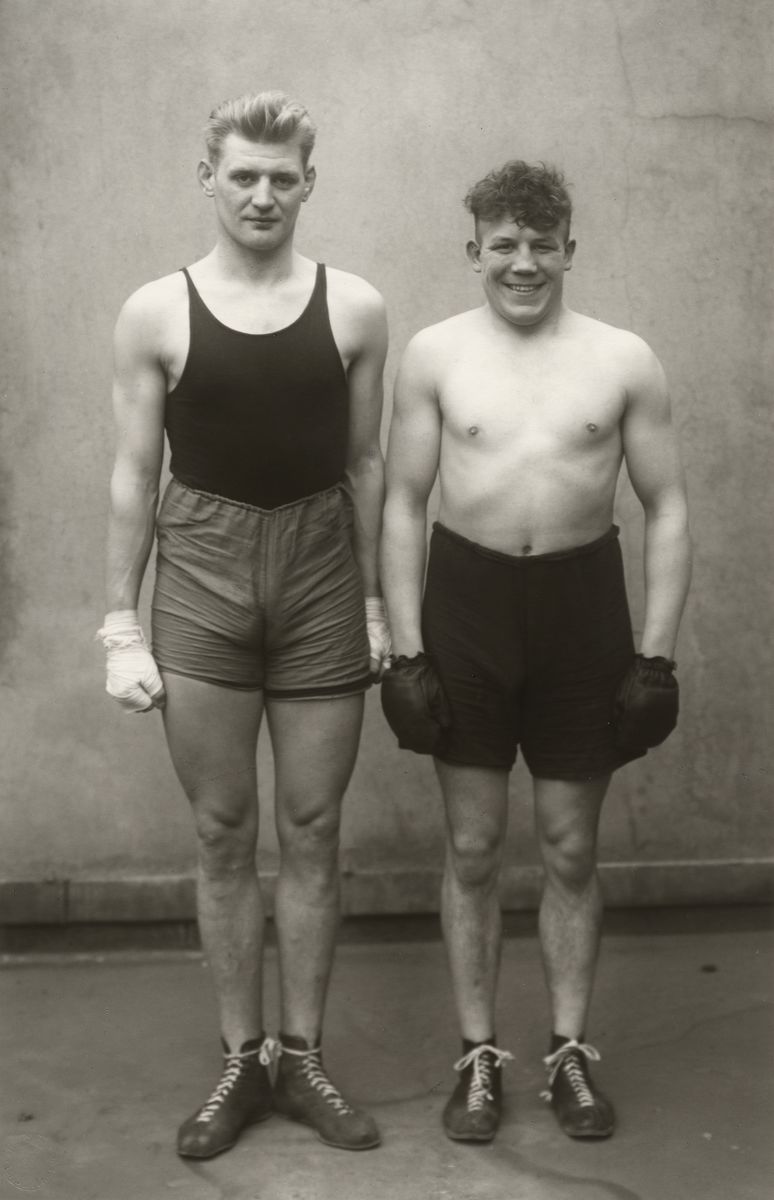August Sander - Men Without Masks | Hauser & Wirth
Nazi Germany wasn’t exactly an ideal environment for any artist, and that’s particularly true for an artist with a vision as profoundly kind, non-judgmental and humanistic as August Sander. His life’s work was a photographic project called “People of the 20th Century”, in which he chose as diverse a range of subjects as possible, and took their portraits.
This impressive show at Hauser & Wirth showcases examples from between 1910 and 1931, a year before Hitler’s (elected) rise to power. By 1936, Sander was finished as a public portraitist, with copies of his book impounded. He fled, with most of his negatives, to the countryside during the war, only for his studio to be destroyed in a bombing raid in 1944.

Before all that, at the beginning of his career, Sander cut directly against the trends of his day, which were towards stylised, contrived studio shots. Instead, his richly-toned black and white photographs use natural light, the poses of their subjects are spontaneous, and their expressions seem fleeting, as if captured on the fly. They are men - and women - without masks.
The show notes point to Sander’s influence on 20th century greats from Walker Evans to Diane Arbus. This must be in response to Sander’s quite unsettling clarity, his relentless refusal to gloss over or soften imperfections. One photo, of a pretty young woman in a Louise Brooks bob, highlights and sharpens her split ends, her slightly sweaty brow. Another, of two boxers, smiling side by side, lays bare the love handles and mottled skin overlaying their impressive muscles.
Similarly, Sander’s aim to catalogue society by showing as diverse a range of people as possible might seem coldly academic. In practice though, that’s not how it turned out. The photographer meets as equals the handicapped, the poor, the rich, minorities (Jews and Gypsies, both bound for the camps), and finds the humanity in all. But it isn’t sentimental: the bare, unadorned style and spontenaity prevents that.
The exhibition space in Hauser & Wirth is kept small and intimate, an impression reinforced by the large(ish) photographs being hung very close together. This increases the sense of hubbub, of contrast, of teeming humanity. It makes the show more moving, and more true.
The photographer’s aim? Nothing less than to “speak the truth in all honesty about our age.” Unlucky Sander to have worked in that “low, dishonest decade” of the 1930s, as Auden had it. But lucky us to be able to view his work, years later.
August Sander: Men Without Masks is at Hauser & Wirth (London). 18 May - 28 July 2018.